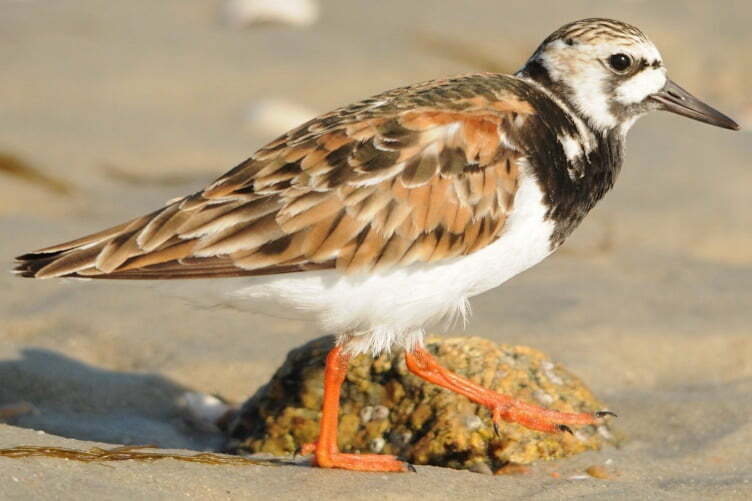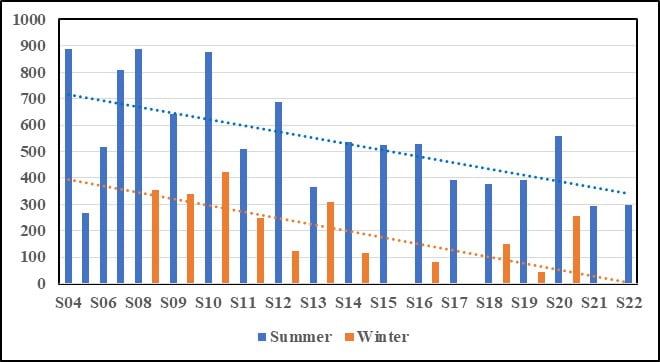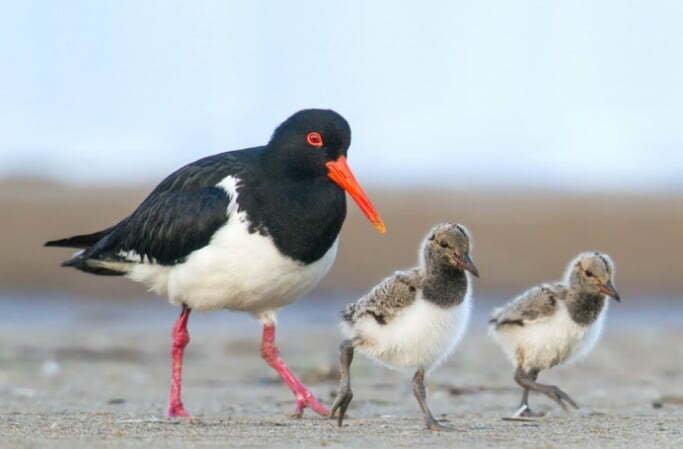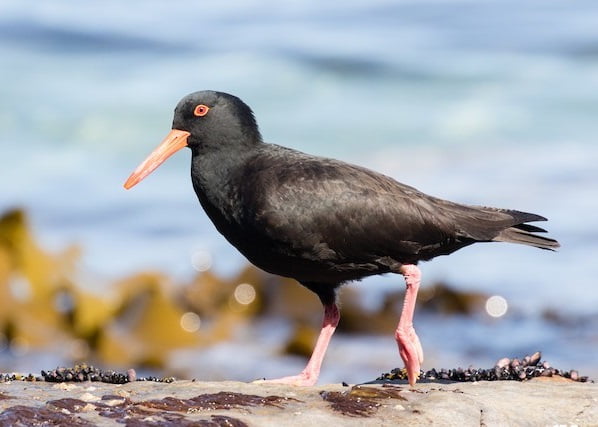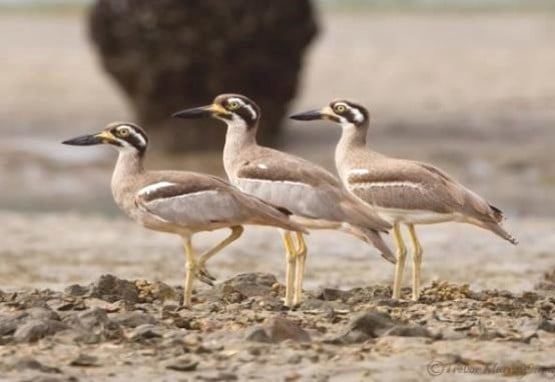Shorebirds of Port Stephens – an introduction
By Neil Fraser, Tomaree Birdwatchers.
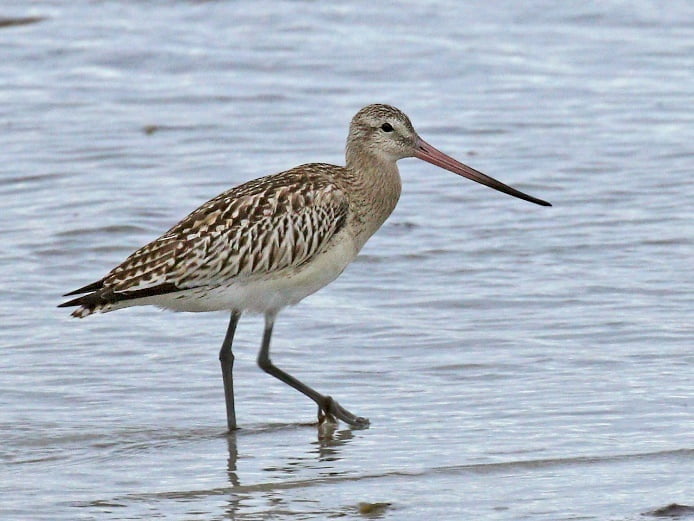
When we think of our local shorebirds, species such as the ubiquitous silver gull usually come to mind. However, the term shorebirds refers to a specific group of birds defined by their shared morphology, ecology and taxonomy. Shorebirds comprise 10% of Australia’s bird species and include plovers, oystercatchers, sandpipers, curlews and other members. They are generally unobtrusive and are so well adapted to their environment, that we rarely give them a second glance.
What is a shorebird
Shorebirds are also referred to as waders and are defined as follows:
- commonly forage by wading in intertidal areas or on the fringes of freshwater wetlands
- have relatively long legs compared to body size, and most have long necks and bills
- have no webbing on their feet and they do not swim
- the shape and size of the bill is adapted to their preferred diet and habitat
- wings are generally long, narrow and pointed and adapted for long distance flight
- have a predominantly migratory or at least highly mobile lifestyle
- comprise 13 different families within the order Charadriiformes.
Within Port Stephens both migratory and endemic/resident shorebird species are present. They are mainly found around the shoreline west from Soldiers Point to Lemon Tree Passage, Swan Bay and Karuah, and on the north side of the bay around the Myall River delta, Pindimar, Corrie Island and Winda Woppa. At low tide they forage singly or in small dispersed flocks along exposed shorelines and mudflats and at high tide form flocks at secluded roost sites.
Their diet consists mainly of small invertebrates extracted from the substrate or foraged from the surface. The different bill lengths enable different species to feed in the same habitat without direct competition for food. Many shorebirds have sensitive nerve endings at the end of their bills which enable them to detect prey items hidden in the substrate.
The shape and size of their bill gives a clue to their preferred diet and habitat. For example, the long, probing bill of the Far Eastern Curlew is ideal for extracting worms and crustaceans from deep mud, whereas the short, stubby bill of the Ruddy Turnstone can flip aside stones and shells on a rocky foreshore.
The importance of Port Stephens to our shorebirds
Until the early 2000s, the importance of Port Stephens to shorebirds was not fully recognised. In 2004, members of the Hunter Bird Observers Club (HBOC), in conjunction with local National Parks and Wildlife Service personnel, commenced annual summer surveys of shorebirds and other waterbirds by using boats to access high tide roosts and other inaccessible locations. Regular winter surveys started in 2008. These surveys revealed that Port Stephens was the second most important site for migratory and endemic shorebirds in NSW, after the nearby Hunter Estuary. Numbers present for some species indicated the area was Internationally Important for the Far Eastern Curlew (Numenius madagascariensis) and the Australian Pied Oystercatcher (Haematopus longirostris), with more than 1% of the total population present here. The area is also ‘Nationally Important’ for three species, with more than 0.1% of the total population present. These are Grey-tailed Tattler (Tringa brevipes), Whimbrel (Numenius phaeopus) and Bar-tailed Godwit (Limosa lapponica).
Conservation status of our migratory shorebirds
Unfortunately, many of the migratory shorebirds are under severe threat with declining populations. Of the species in Port Stephens, the Far Eastern Curlew is the most threatened and is listed as critically endangered. Its worldwide population has declined by more than 40% since the mid-1980s. This trend is confirmed by monitoring in Port Stephens where summer numbers have declined by two-thirds – from over 600 in 2004 to around 200 in 2022.
Bar-tailed Godwit (photo top) numbers are also in decline. Monitoring in Port Stephens has shown summer numbers have similarly declined from near 900 in 2004 to around 300 in 2022. The most significant threat to all migratory waders is the loss of habitat along their migration routes and at their summer destinations.
Some endemic shorebirds are also under threat
A number of threatened endemic shorebirds are also present in Port Stephens. These include Australian Pied Oystercatcher, Sooty Oystercatcher Haematopus fuliginosus and Beach Stone-Curlew Esacus magnirostris. These species breed locally and the good news is that their numbers are either stable or increasing locally. Australian Pied Oystercatchers are also present in large numbers along nearby Stockton Beach where they also breed, and regular movement between the two populations is thought to occur. Sooty oystercatchers breed on offshore island such as the Broughton Island group.
The critically endangered Beach Stone-curlew is a relatively newcomer to Port Stephens, although its presence in NSW has increased in recent years as the species move slowly southwards, reclaiming historical habitat. The species was first recorded in Port Stephens in 2006 and since 2011 a pair has been breeding annually on Dowadee Island, off Soldiers Point. Subsequently a second pair was recorded breeding on Corrie Island in 2017.
Where are the best shorebird-watching spots?
One reason shorebirds are present in Port Stephens is the secluded nature of suitable foraging and roosting areas, mainly in the western part of the bay. Here, much of the shoreline is protected by national parks or conservation zones. The birds tend to be widely dispersed at low tide when foraging, making observation difficult. However, with correct tide timing some species can be seen at roost sites. Large groups of Pied Oystercatchers can often be seen at high tide roosting on a storm water drain and rock wall at the southern end of Sunset Beach (Pearson Park), Soldiers Point. Occasionally, Beach Stone-curlews can also be seen on the sand flats off this beach at low tide, foraging for soldier crabs (outside of the breeding season which is October to March.)
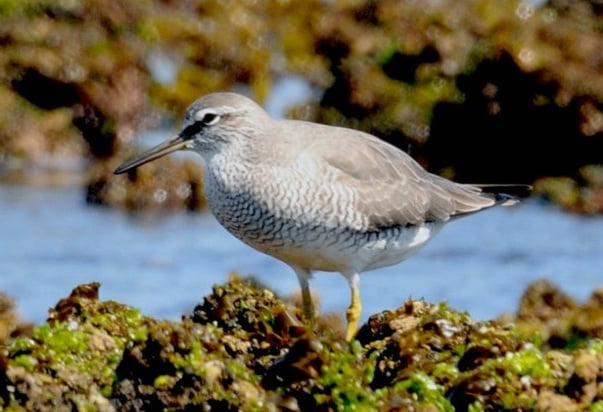
Grey-tailed Tattler can be seen during summer at high tide, roosting on a private dock at Lemon Tree Passage, behind the real estate office at 22 Cook Parade, and at times on the beach at the corner of Curlew Avenue and Cunningham Street, Pindimar.
Far Eastern Curlew and Bar-tailed Godwit can occasionally be seen foraging at low tide opposite Roy Wood Reserve, Salamander Bay.
The sand islands at the mouth of the east arm of the Myall River, Winda Woppa are used as a high tide roost for Far Eastern Curlew, Bar-tailed Godwit, Australian Pied Oystercatcher, Pied Oystercatcher, Red-capped Plover and many other waterbirds.
You will usually need binoculars to get good views of our shorebirds. Do not disturb them and don’t walk your dog in areas they frequent. Just sit quietly and enjoy their company.
In the next edition of EcoUpdate, I’ll describe the incredible journeys made by some of our migratory shorebirds, the challenges they face and what is being done to protect them. Read the article here.
Useful links:
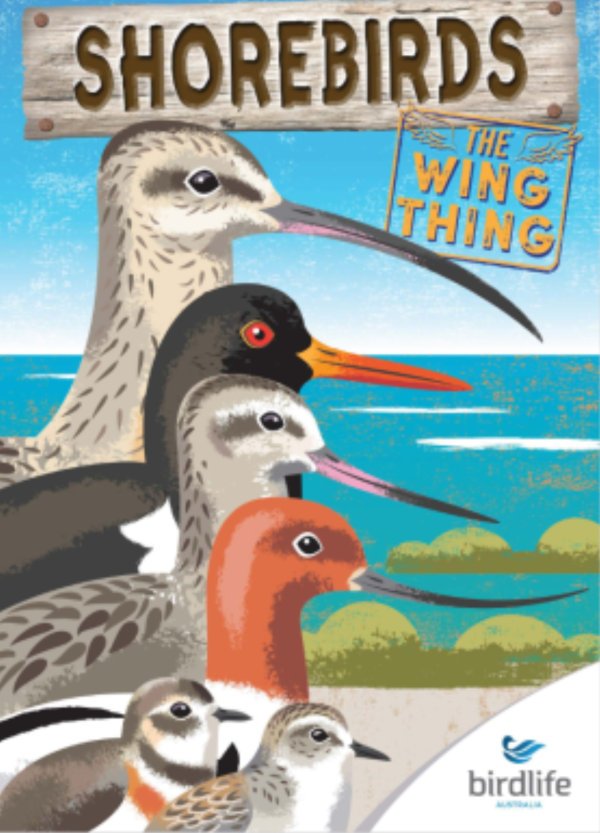
- Attention Teachers: Shorebirds to Educate Mid-Primary Students about Ecosystems
- The WingThing: Shorebirds
- Shorebird Identification Booklet – Birdlife
- Shorebird Resources – Birdlife
- Hunter Region Landcare – Shorebirds
- Volunteer on shorebird recovery program – south coast
Shorebird Species Profiles from Birdlife Australia
- Bar-tailed Godwit (Limosa lapponica)
- Far Eastern Curlew (Numenius madagascariensis)
- Ruddy Turnstone (Arenaria interpres)
- Australian Pied Oystercatcher (Haematopus longirostris)
- Sooty Oystercatcher (Haematopus fuliginosus)
- Beach Stone-curlew (Esacus magnirostris)
- Red-capped Plover (Charadrius ruficapillus)
- Grey-tailed Tattler (Tringa brevipes)


